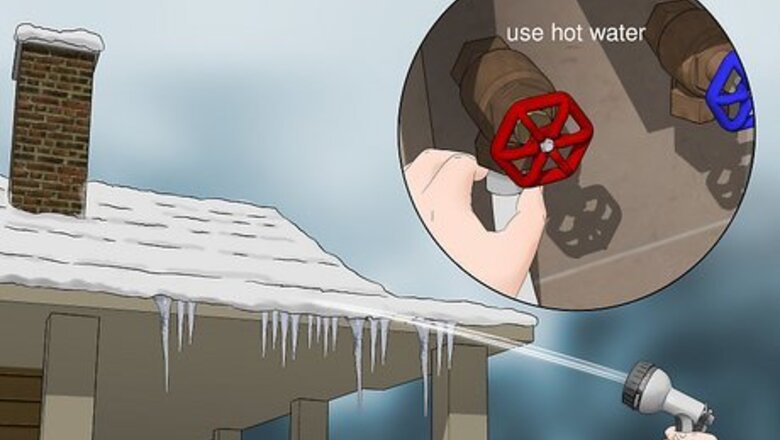
views
Clearing out Your Gutters
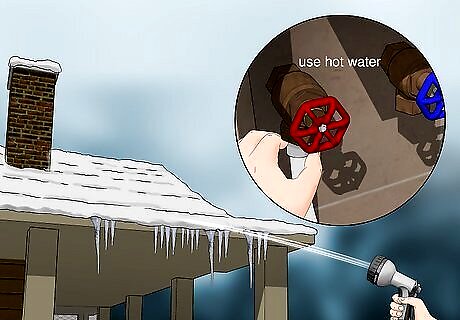
Melt the ice with hot water. Hook up a garden hose to the hot water spigot that your washing machine is hooked up to. Run the other end of the hose into the gutter and turn on the water to melt the ice. If necessary, increase the temperature on your hot water heater while doing this, but be sure to turn it back down when you're done so no one gets scalded. This method may use up your hot water for awhile, so be sure everyone in the family has showered or bathed for the day before doing this.
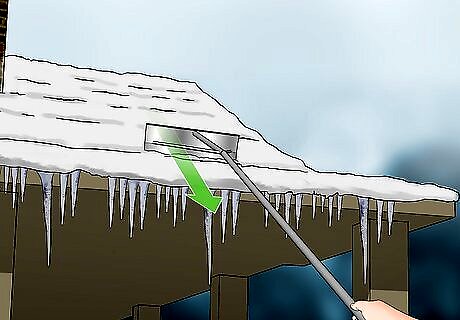
Pull it off with a snow rake. Snow rakes are usually made of metal, with a flat edge. They're long enough that you can stay far enough away from the roof to prevent getting buried in snow and ice when it comes down. Extend the handle of the rake so that it reaches the gutter. Place the rake head horizontally at the edge of your gutter and roof. Then pull down toward the ground, scooping ice and snow out of your gutters.
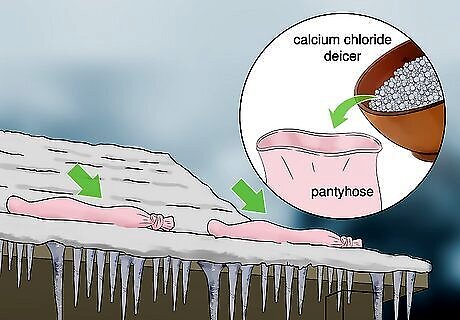
Fill pantyhose with deicer. You should use a calcium chloride deicer, rather than salt. Salt will eventually melt and can damage any grass or plants below your gutters. Tie a long string to the filled pantyhose so you can easily retrieve them later. Then, lay the filled pantyhose horizontally on the ice in your gutter. Make sure you check the pantyhose in your gutters frequently—once the ice melts, you don't want it to block the water from flowing.

Use a rubber mallet. Securely lean a ladder against your house so that you can reach the gutters, then gently tap the front of the gutters with a rubber mallet until the ice breaks apart. Throw the chunks of ice to the ground to clear out the gutters. Be careful about how hard you're pounding the ice—you don't want to tear your gutter off the house. This method is most effective for homes with PVC gutters.
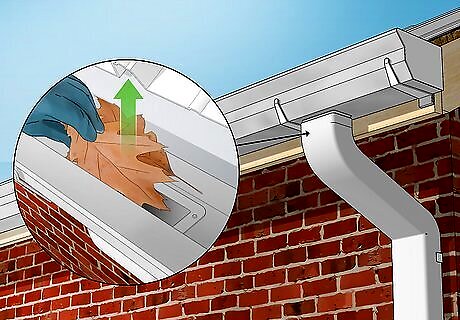
Check your downspout. You might have ice build up in your gutters because melting water can't flow through the downspout and out. Look for leaves and other debris in your downspout and pull it out. There might also be snow piled up in front of the downspout. Remove this snow to let water flow more freely.
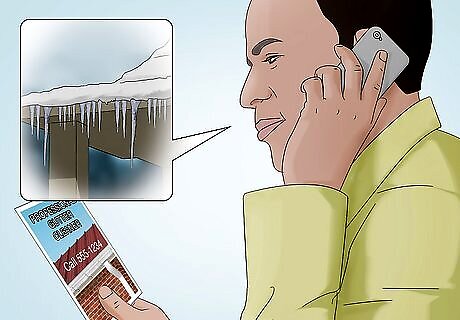
Hire a professional. If your gutters are really packed with ice, you might need to hire a professional to clear them out. They have the proper experience and equipment to remove the ice without injuring themselves or wrecking your gutters or roof.
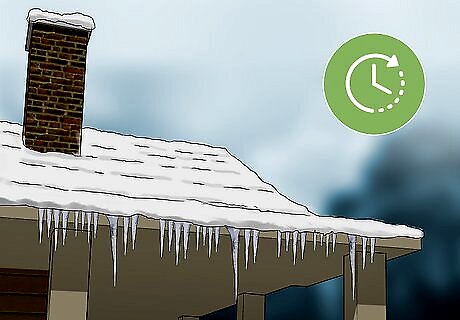
Leave it alone. Sometimes it's best to just leave the ice in your gutters alone, especially if your roof is not easily accessible or has a steep incline. As long as the ice is not causing your gutters to sag, it's probably okay to let them melt naturally.
Preventing Ice in Your Gutters
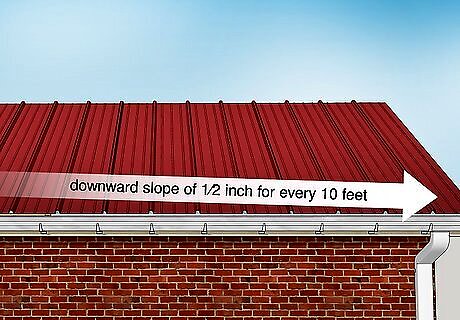
Ensure your gutters slope downward. Ice may build up in your gutters if they don't slope down correctly toward the downspout. For every 10 feet (3.0 m), the gutters should slope downward ⁄2 inch (1.3 cm). If your gutters don't have the proper slope, hire a professional to adjust them or fix them yourself.
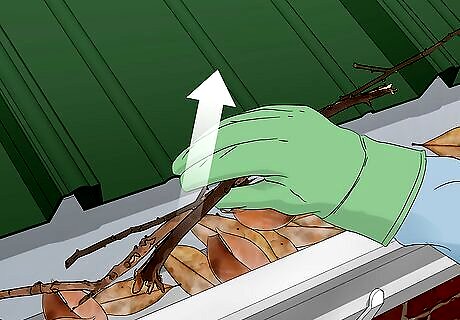
Clean out your gutters in the fall. You can prevent ice buildup by making sure your gutters are clean before the cold weather sets in. Use a ladder to reach your gutters and pull out any leaves or other debris. This allows melting water to flow more easily and prevents ice buildup.
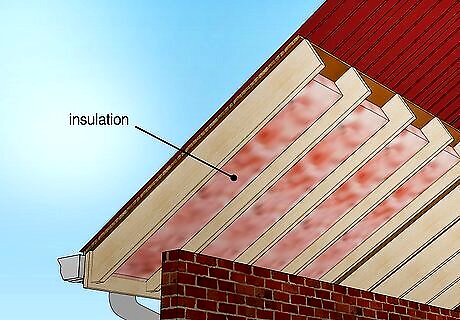
Make sure your roof is well insulated. Icicle formation on your gutters often indicates that you are losing heat from the roof of your home. Upgrade your insulation to prevent the warm air in your home from escaping through the roof, partially melting snow on the roof and creating an ice dam in your gutters. You should have a roofing professional check your roof insulation during the fall.

Install heated cables on your roof. These are available in a lot of home improvement stores. They are electric, and work by heating up and melting any snow or ice on your roof. Lay the cables vertically or horizontally across the length and width of your roof. Unless the packaging for the cables says it's okay to do so, don't lay cables on top of one another.


















Comments
0 comment